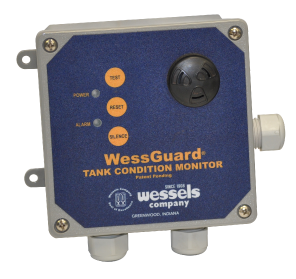 Wessels Company’s patented WessGuard® system is the industry’s first sentry for critical mechanical system protection. Mechanical systems are expensive to install and potentially more costly to service or replace. WessGuard® acts to protect the critical components of the mechanical system by monitoring the effectiveness of the system expansion tank. WessGuard® can be installed in new installations or retrofit to many of the vessels installed today.
Wessels Company’s patented WessGuard® system is the industry’s first sentry for critical mechanical system protection. Mechanical systems are expensive to install and potentially more costly to service or replace. WessGuard® acts to protect the critical components of the mechanical system by monitoring the effectiveness of the system expansion tank. WessGuard® can be installed in new installations or retrofit to many of the vessels installed today.
Wessels WessGuard® system can be retrofitted to nearly any removeable bladder-style expansion tank. The system monitors the fluid within expansion tanks by determining excessive movement of the vessel bladder. It incorporates a capacitive proximity sensor that determines if fluid levels in the expansion tank exceed “normal” operating conditions. If a tank bladder is compromised, the WessGuard® monitors the rising fluid level in the tank. The monitor alerts users of the potentially unsafe conditions by activating an audible alarm and includes a set of dry contacts to tie directly to an energy management system.
How would a retrofitted WessGuard® benefit your tank and overall system? If a tank in the system has a compromised bladder and the user is not sure why, a WessGuard® may help determine the cause. It also provides maintenance an added level of protection by serving as an early warning system.
If you suspect your tank has a compromised bladder and a pressure test has revealed no issues, the WessGuard® will be able to help the user to determine if a power surge is causing the system to receive no power or if the bladder is overfilling.
For maintenance or for replacing a bladder, be sure to check the inside of the tank to make sure there aren’t any rusted sharp points that may cause a bladder to be punctured.
Any tank that has been manufactured by Wessels, whether it is 12 years old, or 12 minutes after it’s been shipped to its destination, can be retrofitted to add a WessGuard®. However, if the tank is more than 18 months old, the WessGuard® will have to be custom made.
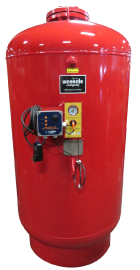 In newer model tanks, made since the beginning of 2018, a WessGuard® can simply be added to the prefab bracket on the side of the tank and screwed into the pre-existing spud where the WessView® is currently located.
In newer model tanks, made since the beginning of 2018, a WessGuard® can simply be added to the prefab bracket on the side of the tank and screwed into the pre-existing spud where the WessView® is currently located.
The update itself takes about 5 minutes to complete. However, the tank will have to be taken off-line, decompressed, and then recompressed after the WessGuard® is added to the outside of the tank and then returned to the system. This sensor is shielded and has a metal casing around it that helps to protect the face of the sensor.
With the new style WessGuard®, in the new style tanks, every tank and sensor are set up and installed the same way. But with the previous-style tanks and the original WessGuard® design, every tank that receives a retrofit must be done to fit each specific tank. In order to install a WessGuard® in a previous-tank, our quality control supervisor will measure the length of the cord needed for the sensor to hang internally and monitor the volume of the tank.
With the previous-style tanks, there is a one-inch spud at the top of the NLA and FXA 1000 and above. The WessGuard® monitor goes in and will be dropped down until it gets to about 60% of the tank volume. This sensor is not shielded, but it does have bumper rings around it to keep it from getting a false positive.
The cord for the newly installed WessGuard® on a previous-style tank is surrounded by a pressure fitting, so the tighter the fitting is installed, the better the pressure is held inside the tank. The one-inch stainless steel fitting has a gasket inside of it, which the cord for the sensor is threaded through and a nut on the inside. Once the nut is tightened, the gasket and cord are tightened and help the pressure stay inside the tank.
When retrofitting a WessGuard® to a newer style tank, the sensor replaces the WessView®. However, in the older style tanks, because the WessView® was formerly optional, the WessGuard® goes in from the top and not a pre-existing plug. Because with the older style tank, there is no pre-fab box to attach the WessGuard® to, it comes with an epoxy which is used to attach the WessGuard® box on the outside of the tank.
Using air that is too moist to fill the tank could potentially affect the monitor and may give a false positive. It is important to make sure when filling the tank, the air being used must not be too wet.
Retrofitting or purchasing a WessGuard® for your system is always a good idea and adds an extra layer of protection to your tank, bladder and overall system. The WessGuard® can give your maintenance a little piece of mind, knowing an issue with the bladder will be signaled sooner than later.
If you would like to purchase a WessGuard® with your next tank order, or if you would like to have a WessGuard® retrofitted to a previous-style tank, you can visit our website at westank.com or you can call our office to inquire about retrofitting an older style tank.
More →





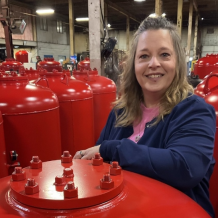 We are pleased to welcome Michele Curtis as the newest member of the Wessels team, joining our inventory department at the start of September. Michele brings a strong educational background from Ivy Tech, where she studied business and mathematics, along with several years of managerial experience in manufacturing at a snack company. Outside of work, she enjoys outdoor activities, weekend road trips, and fishing with her husband, as well as spending time with her granddaughter and watching football and baseball. An interesting note about Michele is that she is left-handed. Her colleagues, who share an office with her, appreciate her positive demeanor and ability to uplift the workplace atmosphere.
We are pleased to welcome Michele Curtis as the newest member of the Wessels team, joining our inventory department at the start of September. Michele brings a strong educational background from Ivy Tech, where she studied business and mathematics, along with several years of managerial experience in manufacturing at a snack company. Outside of work, she enjoys outdoor activities, weekend road trips, and fishing with her husband, as well as spending time with her granddaughter and watching football and baseball. An interesting note about Michele is that she is left-handed. Her colleagues, who share an office with her, appreciate her positive demeanor and ability to uplift the workplace atmosphere.

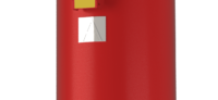
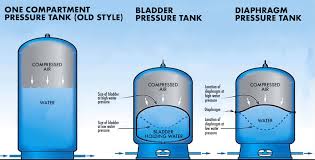
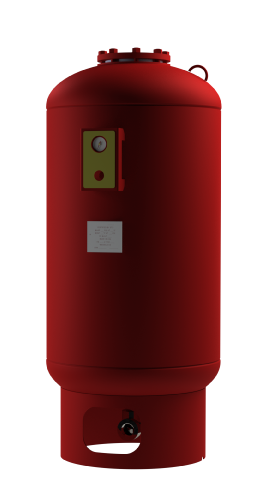
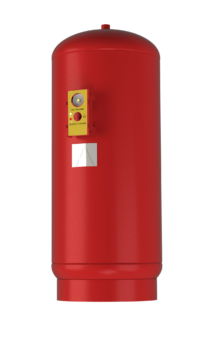
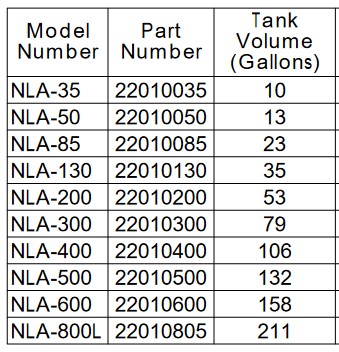
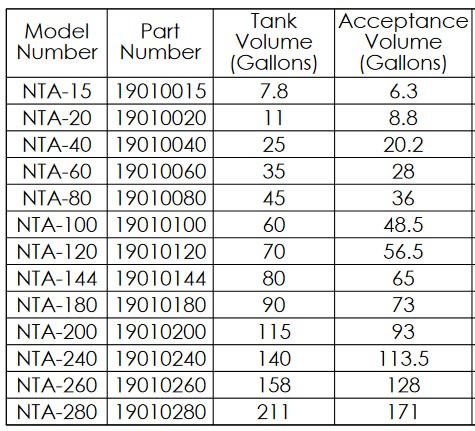

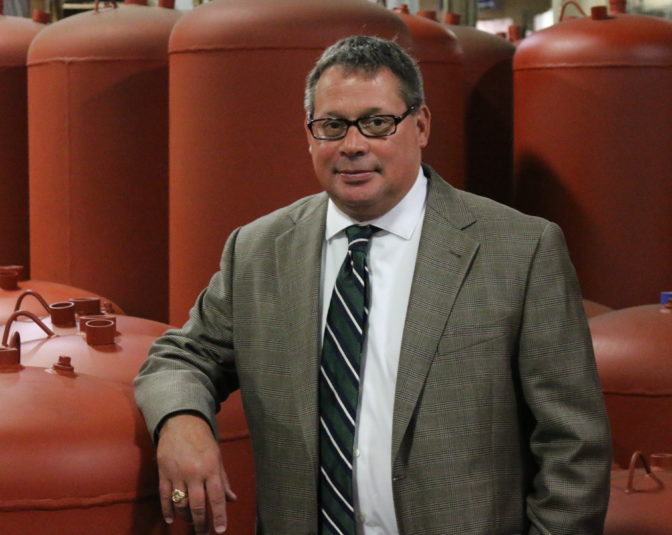
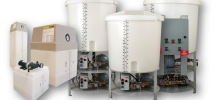
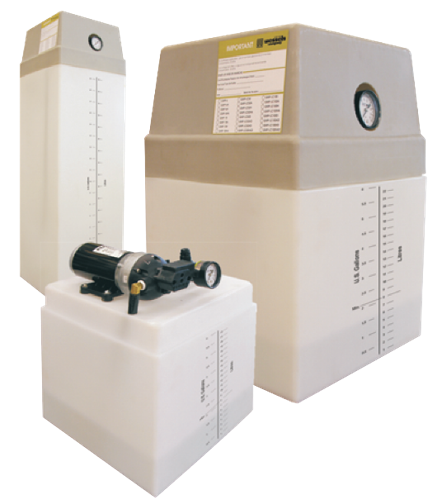
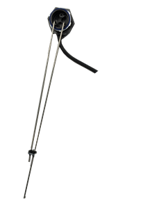
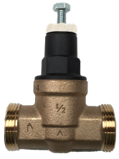
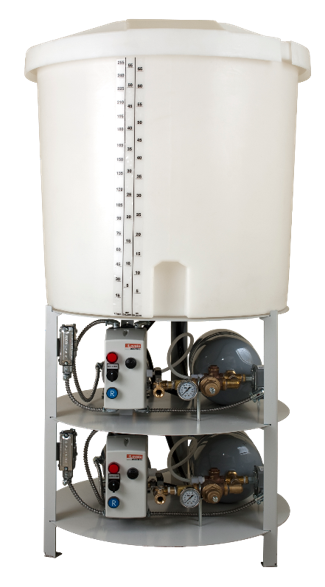
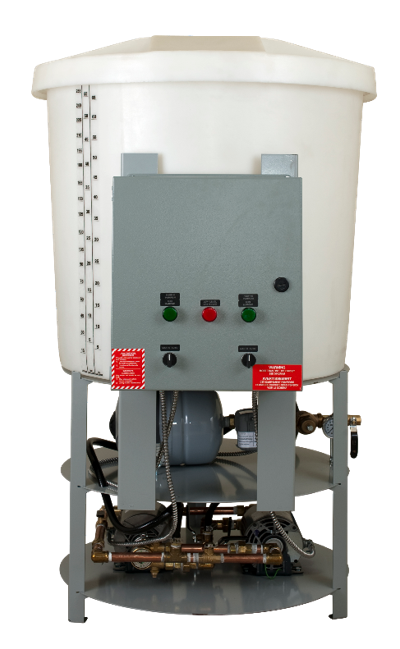
 Wessels Company is proud to announce the popular WessView Bladder Integrity Monitor and integrated pressure gauge are coming to the NTA, TTA, and FXT lines of fixed-diaphragm tanks.
Wessels Company is proud to announce the popular WessView Bladder Integrity Monitor and integrated pressure gauge are coming to the NTA, TTA, and FXT lines of fixed-diaphragm tanks.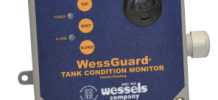
 Wessels Company’s patented WessGuard® system is the industry’s first sentry for critical mechanical system protection. Mechanical systems are expensive to install and potentially more costly to service or replace. WessGuard® acts to protect the critical components of the mechanical system by monitoring the effectiveness of the system expansion tank. WessGuard® can be installed in new installations or retrofit to many of the vessels installed today.
Wessels Company’s patented WessGuard® system is the industry’s first sentry for critical mechanical system protection. Mechanical systems are expensive to install and potentially more costly to service or replace. WessGuard® acts to protect the critical components of the mechanical system by monitoring the effectiveness of the system expansion tank. WessGuard® can be installed in new installations or retrofit to many of the vessels installed today. In newer model tanks, made since the beginning of 2018, a WessGuard® can simply be added to the prefab bracket on the side of the tank and screwed into the pre-existing spud where the WessView® is currently located.
In newer model tanks, made since the beginning of 2018, a WessGuard® can simply be added to the prefab bracket on the side of the tank and screwed into the pre-existing spud where the WessView® is currently located.

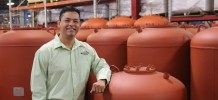
 Frank Rios is regional sales manager and a technical support agent who has worked with Wessels for over 9 years. Frank’s career began in the Navy and he later attended Ivy Tech to pursue a career in Business Management. He enjoys running, playing golf, basketball, and target shooting. When he’s not at work, he enjoys rooting for the Boston Celtics and the Denver Broncos. Frank is also very passionate about his family, friends, and work ethic.
Frank Rios is regional sales manager and a technical support agent who has worked with Wessels for over 9 years. Frank’s career began in the Navy and he later attended Ivy Tech to pursue a career in Business Management. He enjoys running, playing golf, basketball, and target shooting. When he’s not at work, he enjoys rooting for the Boston Celtics and the Denver Broncos. Frank is also very passionate about his family, friends, and work ethic.